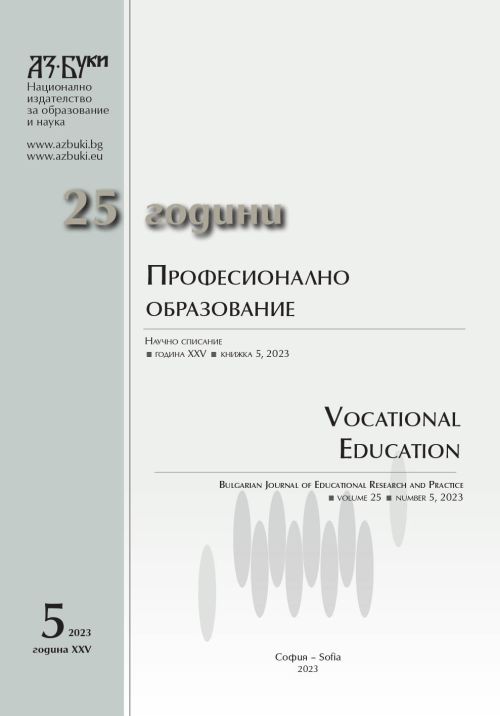Axiomatizing the Education System: Analysis, Taxonomy or Professional Development?
Axiomatizing the Education System: Analysis, Taxonomy or Professional Development?
Author(s): Phil BudgellSubject(s): Social Sciences, Education, School education, Vocational Education, Adult Education, State/Government and Education, Inclusive Education / Inclusion, Distance learning / e-learning, Pedagogy
Published by: Национално издателство за образование и наука „Аз-буки“
Keywords: axioms; axiomatic approach; pupils; system; taxonomy; educational objectives
Summary/Abstract: The author starts by attempting to Axiomatize the Education System and by clearly outlining what is meant by Axioms and the Axiomatic Method. Essentially. he takes an Axiomatic Approach to defining Axiomatization. He then describes how a facilitated workshop was used to agree the key features of the education system: – a list of short statements (say 100) about education; – cognate groups (say 10) that are used to sort the statements; and – longer statements that describe those groups. The longer statements are initially given the status First Order Axioms, while short statements are given the status of Second Order Axioms. The First Order Axioms were then grouped into: – Fundamental Axioms; – Structural Axioms; and – Functional Axioms. The main body of the paper then clearly articulates: – those First Order Axioms: Pupils; Education; The State; Subsidiarity; The School; Leadership and Management; The Curriculum; Teachers and Teaching; Assessment and Accreditation and Monitoring and Evaluation; along with – the accompanying Second Order Axioms that were generated when the author participated in their own facilitated workshop. The author also provides the diagrammatic overview of the education system that resulted from the facilitated workshop. He concludes that although the approach can be useful, it has its limitations: a number of the key requirements of Axiomatic Systems cannot be met. The education system is so complex that the Axiomatic System derived from an Axiomatic Approach cannot be Consistent and Independent; nor can all the statements be shown to follow logically from statements that are, in turn, the logical result of other statements. The author finally concludes that, although the approach is useful, the terms Axiomatic System and First and Second Order Axioms should be replaced by Taxonomy and First and Second Order Statements. However, he does suggest that developing a Taxonomy of Educational Objectives could be very useful for: – providing an agreed high-level description of the education system; and – in-service education and staff development purposes.
Journal: Професионално образование
- Issue Year: 25/2023
- Issue No: 5
- Page Range: 423-444
- Page Count: 22
- Language: English
- Content File-PDF

